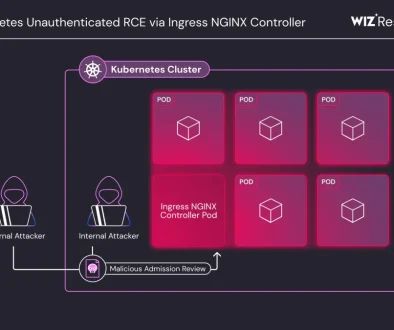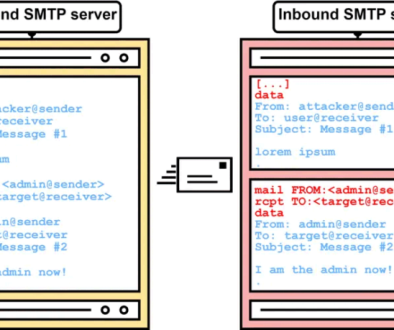Looney Tunables Vulnerability Exploited: Linux Root Access at Risk
Introduction:
In the realm of Linux security, a new vulnerability known as “Looney Tunables,” officially designated CVE-2023-4911, has raised significant alarms. This high-severity flaw resides in the GNU C Library’s dynamic loader, posing a serious threat to major Linux distributions. The flaw, marked by a buffer overflow weakness, allows local attackers to gain root privileges, which could lead to unauthorized code execution with extensive consequences. In this article, we delve into the details of this vulnerability, its impact, and the emergence of proof-of-concept exploits that are already making their presence felt in the cybersecurity landscape.
Vulnerability Overview:
The Looney Tunables vulnerability centers around a buffer overflow weakness in the dynamic loader’s processing of the GLIBC_TUNABLES environment variable. This essential component of the GNU C Library is responsible for preparing and running programs on Linux systems. Notably, it handles shared object dependencies, loads them into memory, and links them at runtime. However, a flaw in its design opens the door to malicious exploitation.
Affected Distributions:
Default installations of several widely used Linux distributions are susceptible to this vulnerability. These include Debian 12 and 13, Ubuntu 22.04 and 23.04, and Fedora 37 and 38. The flaw poses a grave threat as it can be triggered by a crafted GLIBC_TUNABLES environment variable, allowing attackers to execute arbitrary code with root privileges, particularly when launching binaries with SUID permission.
Emergence of Proof-of-Concept Exploits:
Since the disclosure of this vulnerability by Qualys’ Threat Research Unit, the security community has been on high alert. Proof-of-concept (PoC) exploits have surfaced online, showcasing the severity of the issue. Security researchers have wasted no time in developing and sharing exploit code that works on specific system configurations. Notably, one of these PoC exploits, validated by vulnerability expert Will Dormann, was released by independent researcher Peter Geissler (blasty). This exploit targets a limited number of systems but provides instructions for identifying offsets that could potentially expand its reach.
A Growing Concern:
While the PoC exploits serve as a clear demonstration of the vulnerability, the situation is rapidly evolving. Other researchers are actively working on their CVE-2023-4911 exploits, some of which have been published on platforms like GitHub. However, the effectiveness of these exploits has yet to be confirmed by security experts.
Urgent Action Required:
The severity of this vulnerability cannot be overstated. It grants complete root access to systems running the latest releases of widely used Linux distributions, including Fedora, Ubuntu, and Debian. For administrators and organizations utilizing these affected systems, swift action is imperative. Patching is the primary defense against potential exploitation. Although Alpine Linux remains unaffected, other systems must prioritize patching to ensure system integrity and security.
Saeed Abbasi, Product Manager at Qualys’ Threat Research Unit, emphasized the gravity of the situation: “Our successful exploitation, leading to full root privileges on major distributions like Fedora, Ubuntu, and Debian, highlights this vulnerability’s severity and widespread nature. Although we are withholding our exploit code for now, the ease with which the buffer overflow can be transformed into a data-only attack implies that other research teams could soon produce and release exploits. This could put countless systems at risk, especially given the extensive use of glibc across Linux distributions.”
Conclusion:
The Looney Tunables vulnerability underscores the ever-present need for vigilant security practices in the Linux ecosystem. As the emergence of PoC exploits indicates, the threat landscape is dynamic, and swift action is vital in safeguarding critical systems from potential compromise. Administrators and organizations must remain proactive in their security measures to mitigate the risks posed by this and similar vulnerabilities in the future.



